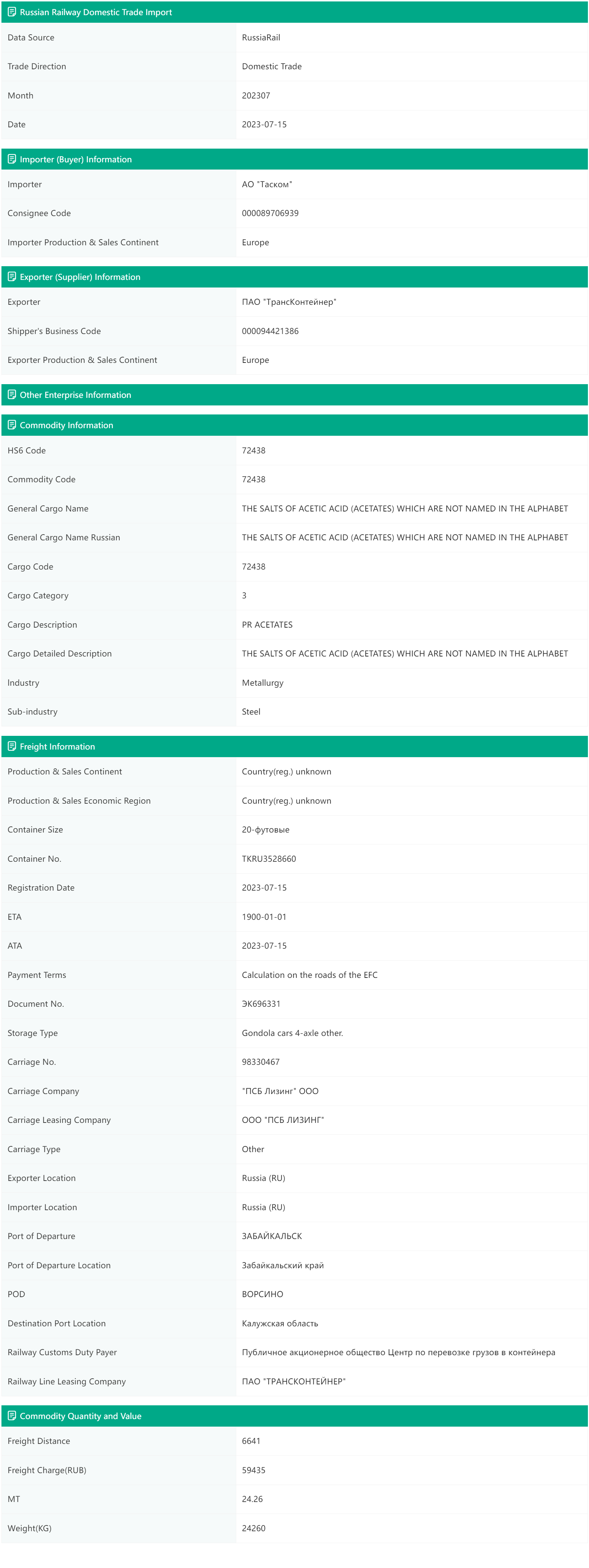Please Sign in to view recently saved searches.
The Russian railway is the backbone of the country's transportation and also one of the most powerful railway transportation systems in the world. The Russian railway network covers a wide range and connects major cities and regions in Russia. This huge railway network not only enables people to travel and transport goods conveniently but also provides strong support for Russia's economic development. Railway transportation plays an important role in Russia's domestic trade. Through it, a large number of commodities can be transported quickly and safely to various regions.
The Russian federal national railway network had already taken shape before the disintegration of the former Soviet Union, accounting for 59.3% of the total length of the entire railway network of the former Soviet Union. The layout of the railway network is mainly concentrated in the densely populated and economically developed European part, accounting for about 80% of the Russian railway network.
As of 2022, the total operating mileage of Russia's public railway network is 87,000 kilometers, ranking third in the world. In 2022, Russia's railway passenger volume was 1.14 billion person-times, an increase of 7.9% year-on-year. The freight volume was 1.24 billion tons, a decrease of 3.7% year-on-year.
The Moscow-St. Petersburg Sapsan high-speed railway, which started operation in 2009, is Russia's first high-speed railway. It is operated by Siemens Velaro trains and has a maximum speed of 250 kilometers per hour. The second high-speed railway project, the Moscow-Kazan high-speed railway, was suspended in 2019. The 215-kilometer Chelyabinsk-Yekaterinburg high-speed railway has been included in Russia's transportation strategy plan for 2030 and is expected to be promoted for construction.
Major cities in Russia such as Moscow, St. Petersburg, and Kazan all have subways. The rail transit is relatively developed, with a total length of more than 600 kilometers.
Russian railways domestic trade data from Blooming Trade Data includes buyer information, supplier information, commodity cargo information, freight transportation details, commodity quantity and price information, etc.
Would you like to leverage Russian railway import and export data to assess market demand, analyze competitors, and formulate trade strategies?

Sample Data


